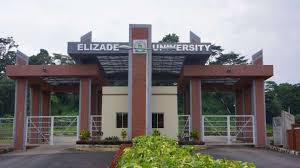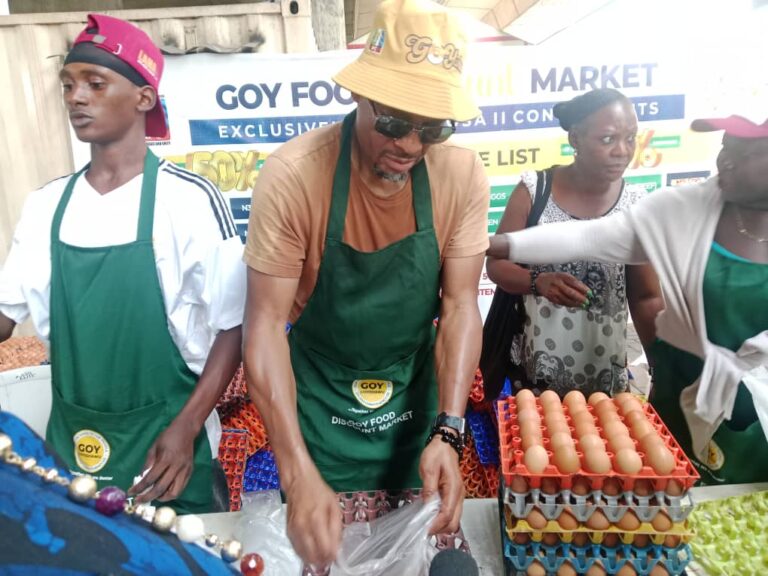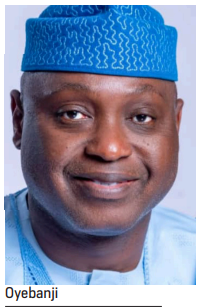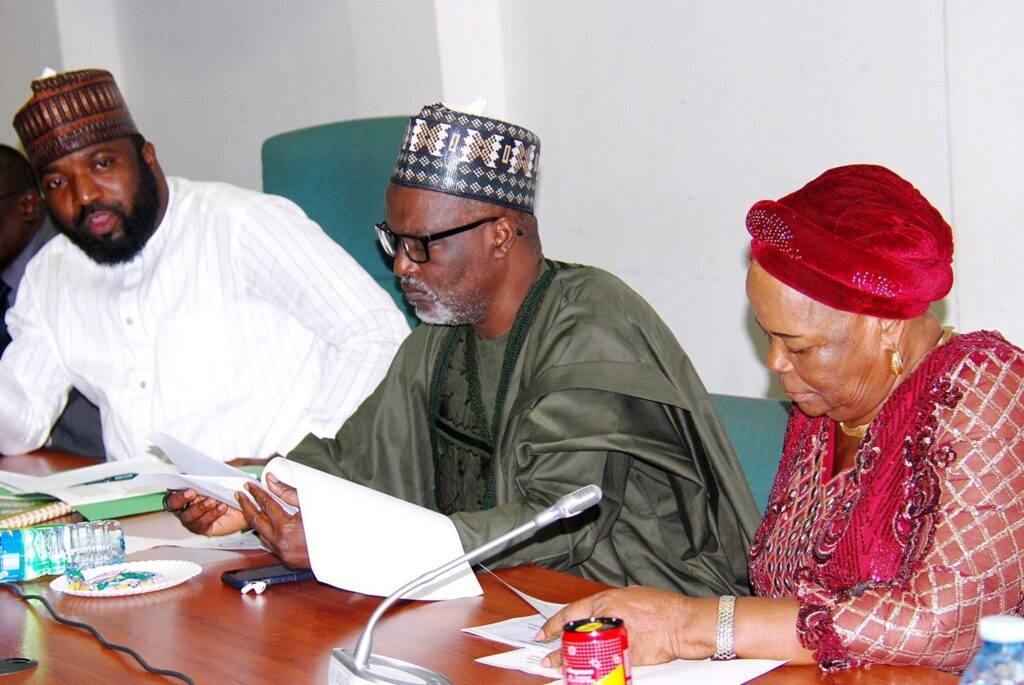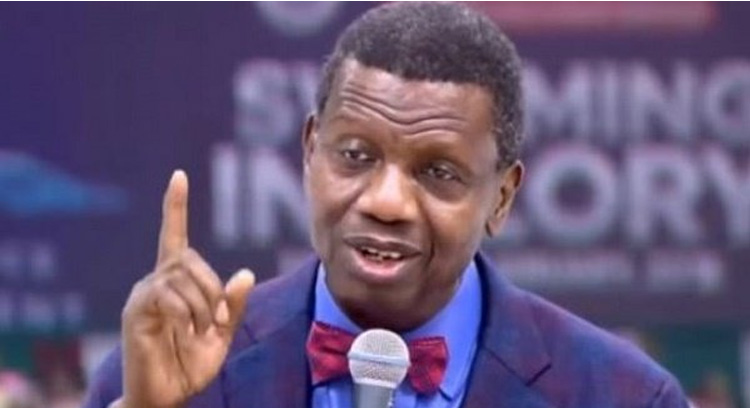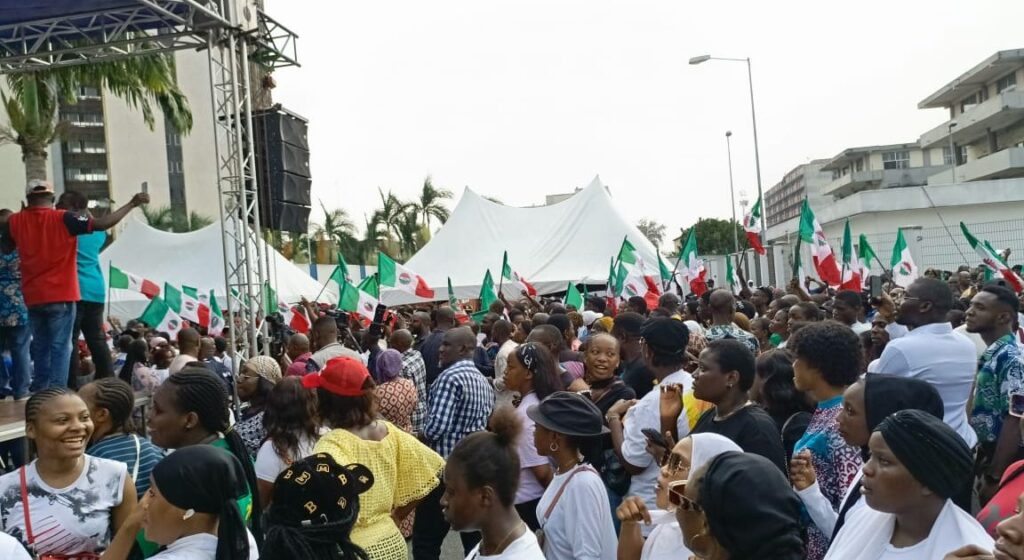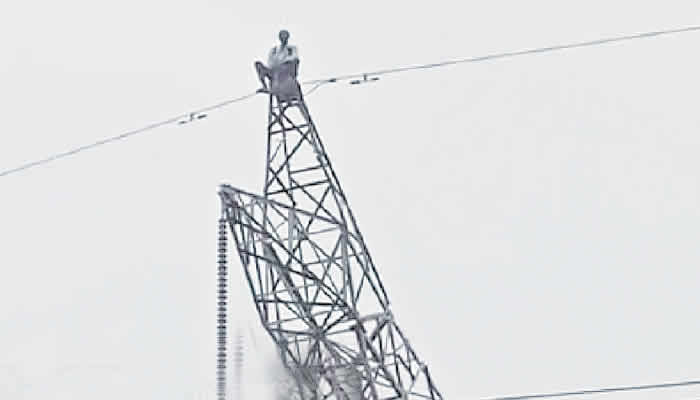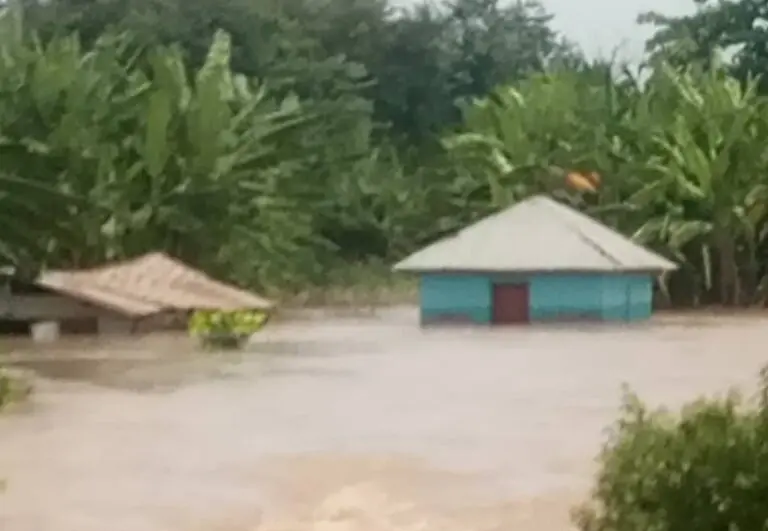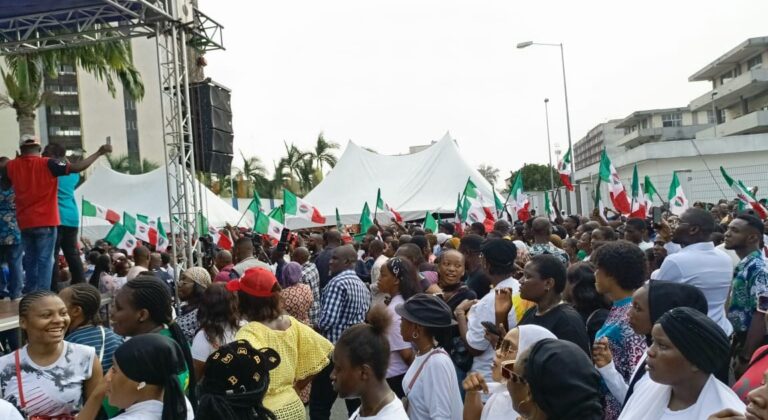The House of Representatives Ad-hoc Committee on the Rehabilitation and Operationalisation of the Baro Inland Port has outlined a bold mandate to transform decades of unfulfilled promises into tangible action.
Chairman of the committee, Saidu Abdullahi disclosed this at the inaugural meeting of the Committee on Wednesday, at the National Assembly.
Abdullahi emphasised the critical importance of moving beyond rhetoric to concrete efforts that will see the Baro Port, located in Niger State, fully operational, restoring its historical role as a vital economic artery in Nigeria’s logistics network.
“This committee is tasked with converting the endless talk over the years into real action. Baro Inland Port is a sleeping giant, and our job is to wake it,” he said.
He recalled the rich history of the Baro Inland Port, which served as a strategic logistics hub during the colonial era. Back then, agricultural produce from northern Nigeria was transported through a seamless multimodal system, via rail to Baro and then by inland waterways to the coastal ports.
However, the post-independence focus on oil revenues and road infrastructure led to a sharp decline in inland waterway investments. This neglect, he noted, has come at a cost not only economically, but also in terms of environmental sustainability and road infrastructure longevity.
To highlight the untapped potential of inland ports, Hon. Abdullahi drew from international examples. He recounted a recent visit to China’s Yangtze River Port, which stretches over 6,100 kilometers and hosts vibrant commercial activity. Likewise, he referenced the Mississippi River Port system in the United States, which spans more than 12,000 miles and supports trade across 31 states.
“These examples are proof that inland waterways can be the backbone of national logistics. If countries like China and the U.S. have built prosperity around such systems, Nigeria too must rise to the occasion,” he said.
According to Abdullahi, three major components currently preventing the Baro Inland Port from becoming operational are, the dredging of the capital channel, ensuring navigability for vessels along the river; rail connectivity between Baro and Minna, linking the port to the larger national rail grid; and access roads to the port, providing viable land routes for cargo movement.
“All necessary operational equipment has already been procured by the federal government. What remains is to fix these three key issues so the port can start functioning as designed,” he said.
The committee’s role, he explained, is to coordinate relevant stakeholders, diagnose the roadblocks, and engineer collaborative solutions that will make the port viable again.

